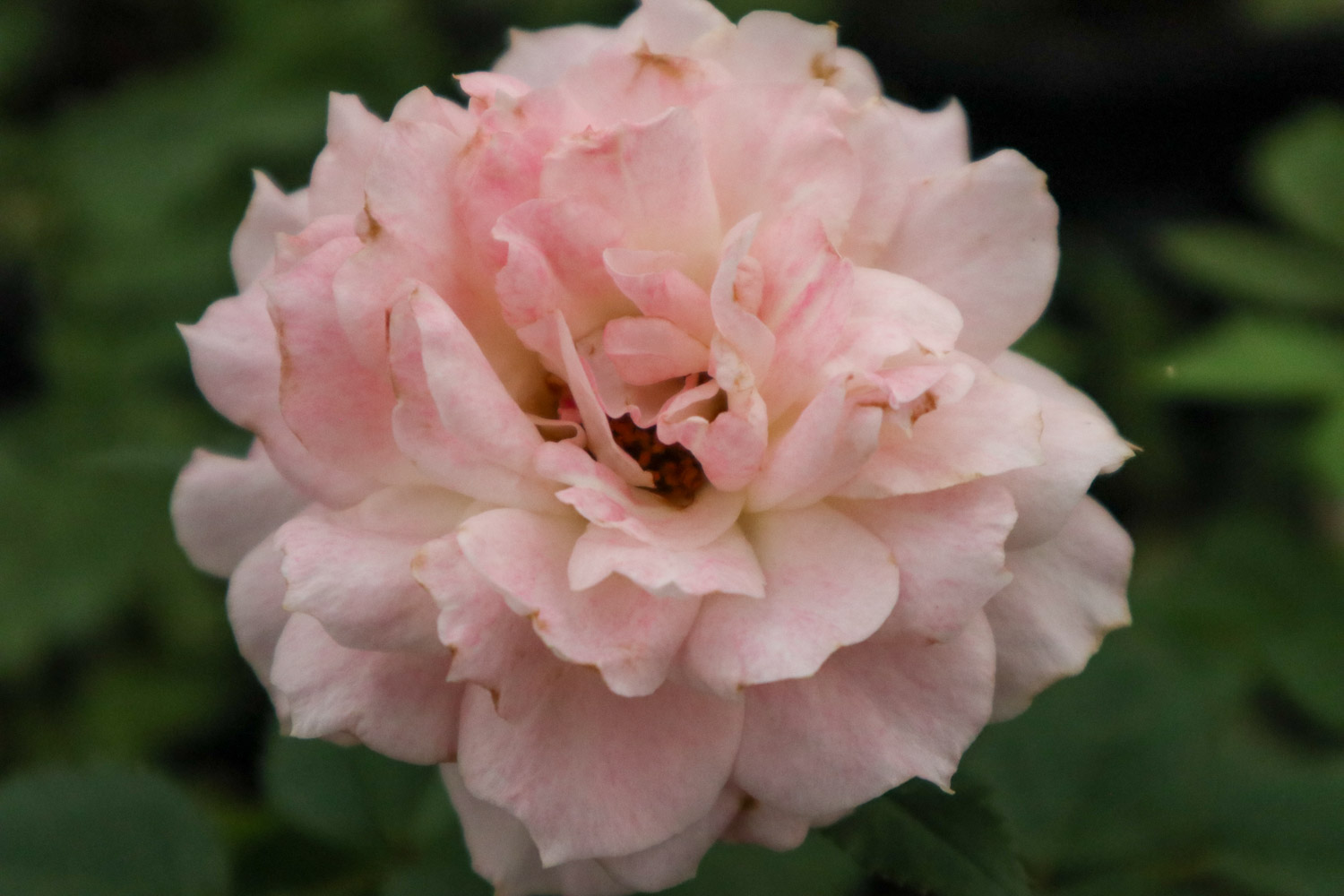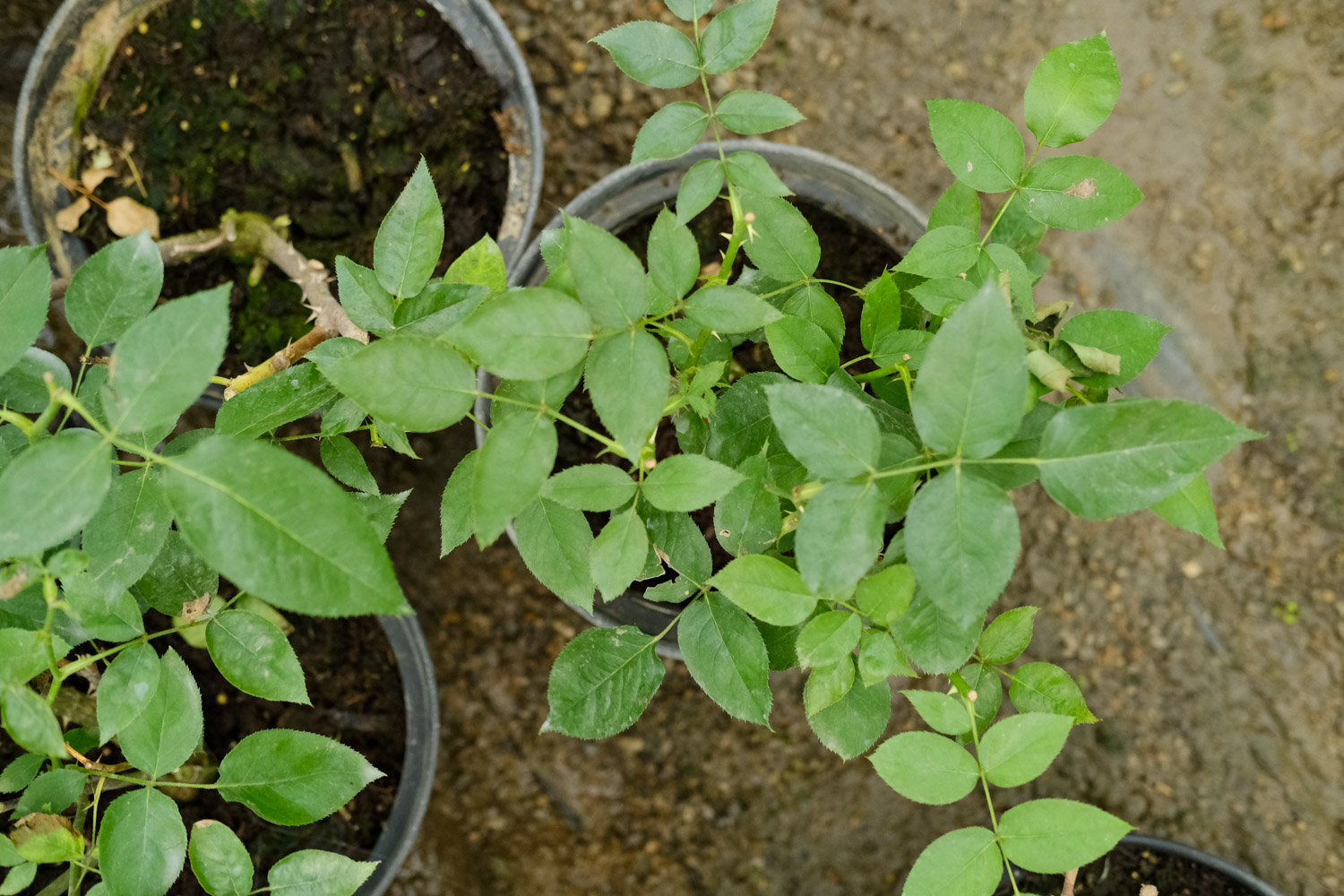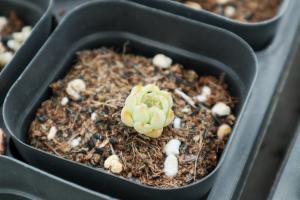1、 Grafting time
The grafting time of rose is generally between summer and autumn. At this time, the temperature is not so hot, which is more conducive to its survival. It can also be grafted in spring, but it should be avoided in the rainy season, otherwise it is unfavorable to its growth

2、 Rootstock treatment
Wild rose is generally the best rootstock for rose. Rootstocks should first deal with the roots. If the roots are too developed, they can be cut into multiple parts. The root whisker with root nodule cannot be used, which is unfavorable to survival and growth. Cut 2-3cm above the root system, and cut a knife vertically between the bark and xylem of the incision, leaving a small gap

3、 Ear wood treatment
The panicle wood of rose generally selects 10 cm long branches. Cut off the thorn on the branch and judge its up and down direction according to the position of the bud point. Make a wedge at the bottom and scrape off the epidermis on one side to expose the xylem

4、 Grafting
Insert the lower part of the rose spike into the gap of the rootstock, so that the side with the scraped epidermis fits with the xylem of the rootstock. Bind the fitting position with adhesive tape and plant it in plain sand. If the temperature is not high, cover it with plastic bags and put it in the sunny place. Generally, new buds can grow after a week. Low temperature will delay the growth rate of buds, but generally not more than 1 month. If the branches are blackened, the grafting fails

 how many times do yo...
how many times do yo... how many planted tre...
how many planted tre... how many pine trees ...
how many pine trees ... how many pecan trees...
how many pecan trees... how many plants comp...
how many plants comp... how many plants can ...
how many plants can ... how many plants and ...
how many plants and ... how many pepper plan...
how many pepper plan...
































